Have you ever pondered the idea of having a holiday on the island of Oléron? While many globetrotters flock to the renowned Côte d’Azur in southern France, discerning locals, especially from places like Paris or Bordeaux, spend their holidays on the Island of Oléron (Île d’Oléron). Ranking as the second-largest island in France on the European continent, Oléron is effortlessly linked to the mainland by a bridge and boasts a population of approximately 22,000 residents.
Oléron reveals very contrasting landscapes, spanning lively seaside resorts and bustling oyster farming hubs to serene pine forests and salt marsh expanses. Our family retreat in Bourcefranc-Le-Chapus was brimming with distinctive experiences, including the discovery of charming oyster huts and a short boat excursion through the salt marshes. Noteworthy is the abundance of campgrounds, such as the hospitable Sandaya campsite, eagerly awaiting your visit throughout the entire season!
The island offers a variety of options for an enriching holiday experience. Wondering where to go on your vacation on the Island of Oléron? Here are some joyful activities to include in your plans:
- Spend half-day at Fort Louvois
- Hiking and cycling around the island
- Stroll around the imposing ramparts near the citadel of Le Château-d’Oléron
- Visit the Salt marshes in Le Grand Village Plage
- Relax on the beaches
- Explore colourful oyster huts
Spend half-day at Fort Louvois
As you approach the beautiful Island of Oléron from Bourcefranc-Le-Chapus, your first glimpse is the impressive Fort Louvoi on the right side of the bridge. This 17th-century maritime fortress is accessible by foot at low tide and by boat at high tide. Beware, though, as the street leading to the fortification can be slippery due to seaweed. Once there, you can delve into its historic barracks, join a tour that transports your whole family back in time, engage in entertaining games, or enjoy interactive experiences for added fun!
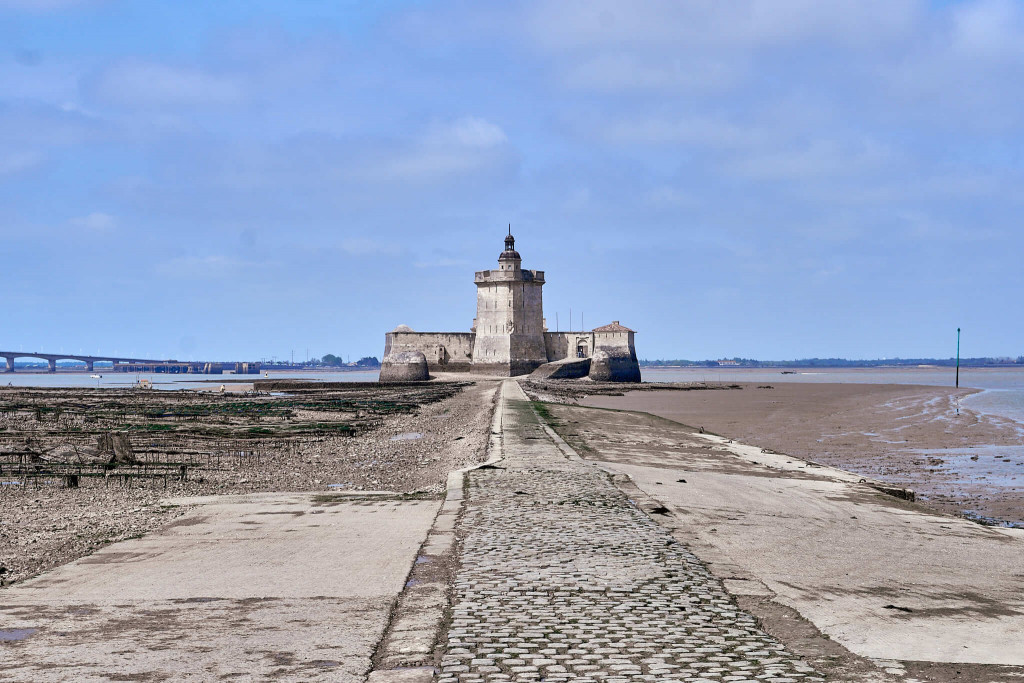
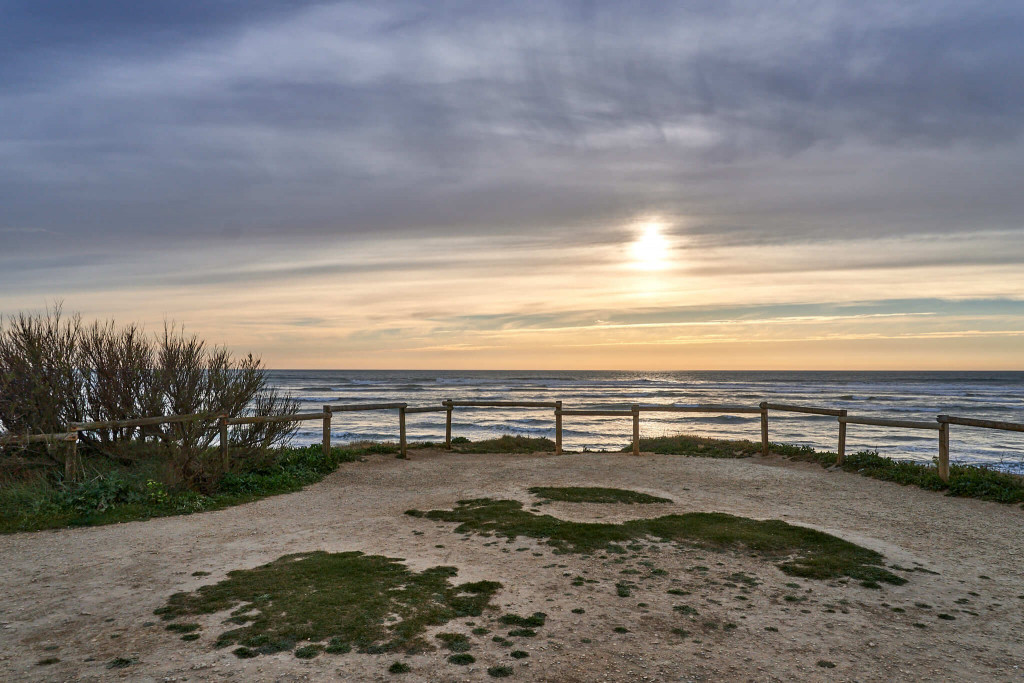
Hiking and cycling around the island
Given the island’s gentle elevation, averaging just one metre, it becomes a haven for cycling enthusiasts. With ample shaded areas, even in the heat of summer, cycling becomes a cherished family activity.
Being avid hikers, our family stumbled upon a hiking trail at the northern tip of the island, encircling the majestic Phare de Chassiron lighthouse. Originally painted white like the Phare des Baleines on Ile-de-Ré, the Chassiron lighthouse underwent a transformation in 1926. To prevent confusion and potential hazards for sailors, three distinct six-metre-high black bands were added.
Venturing on the circular trail, you will be treated to breathtaking rocky coastal vistas. Mindful of warning signs indicating cliff erosion, you need to take necessary precautions while navigating the cliffside.
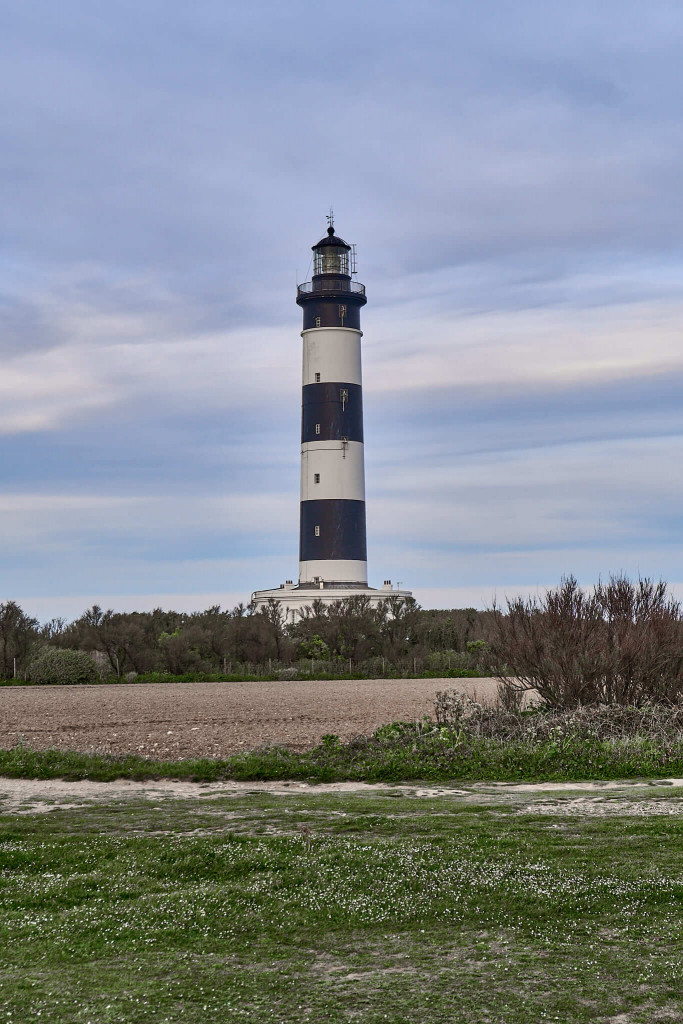
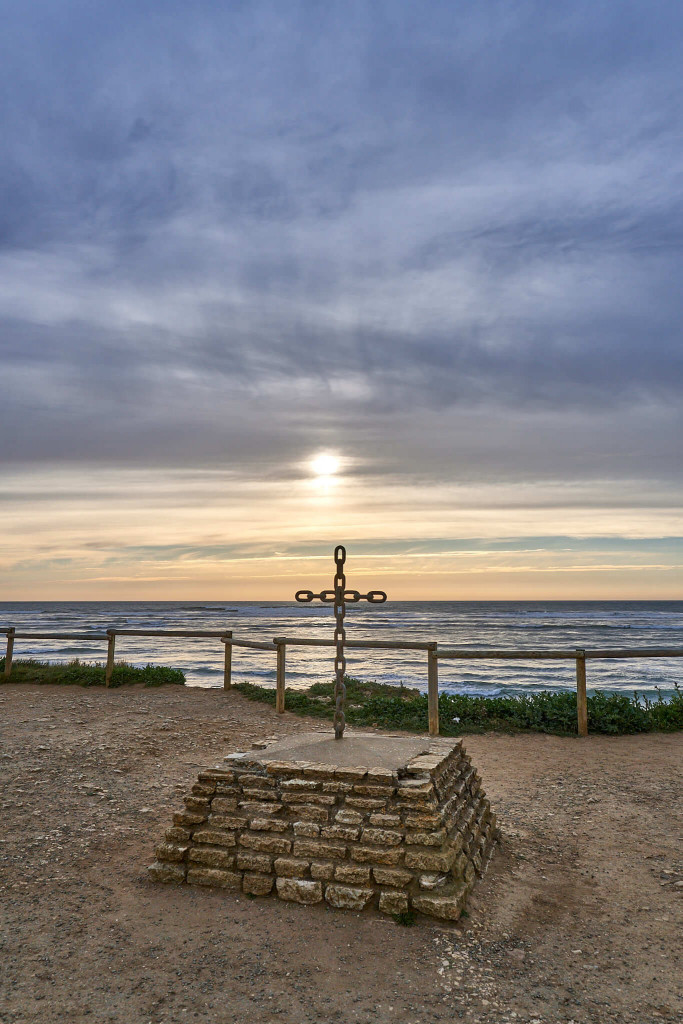
Stroll around the imposing ramparts near the citadel of Le Château-d’Oléron
The citadel and ramparts enveloping the medieval charm of Le Château-d’Oléron stand open for exploration throughout the year. Ascending the ramparts rewards you with a panoramic spectacle of the Natural Reserve of Moëze-Oléron. Observing the ebb and flow of tides transforming the port’s landscape is a fascinating experience. During low tide, the narrow channel Chenal du Château weaves through the sandbank to the sea, ensuring a navigable route for the fishing boats.
Within this expansive site, several structures beckon with free access, including the arsenal, Powder Magazine, and the Royal Bastion. Whether opting for a guided tour or taking a small train excursion, uncovering the secrets of the citadel and its ramparts promises an engaging adventure.
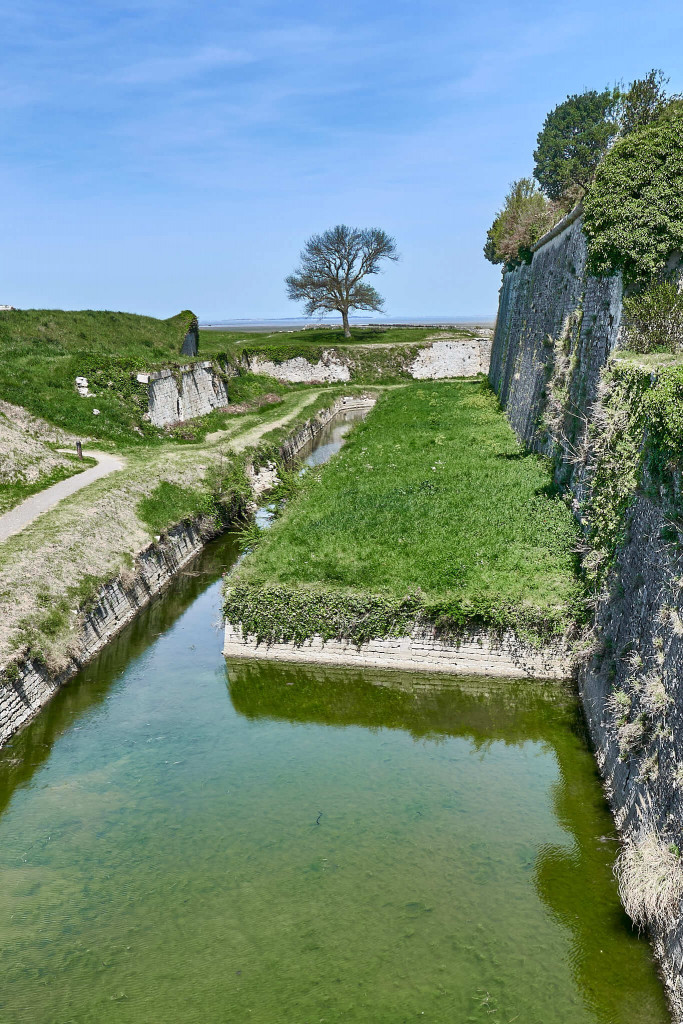
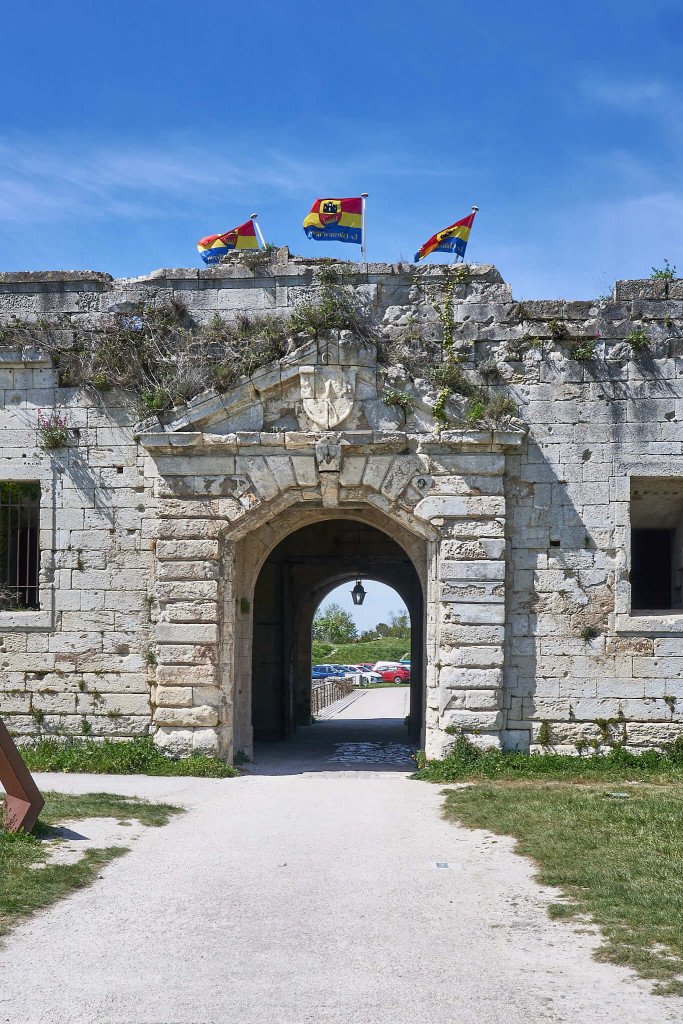
Visit the Salt marshes in Le Grand Village Plage
The Charente’s picturesque landscape has been shaped by salt marshes and the art of salt farming. In the Middle Ages, salt farming was a thriving livelihood until the salt marshes began to dry up in the late 19th century, leading to its decline.
In recent times, there has been a revival of interest in salt farming, with several enthusiastic salt producers welcoming visitors to immerse themselves in this fascinating craft. Guided tours offer insights into the intricacies of salt farming and its historical significance. Today, visitors have the opportunity to explore the salt marshes on bikes or take a leisurely boat trip from Le Port des Salines, just as my family and I did. Our boat journey lasted about 45 minutes, allowing us to appreciate the serene beauty of the marshes.
As an iconic part of Charente-Maritime’s heritage, a visit to the salt marshes is a must if you have a holiday on the island of Oléron. The blend of history, natural beauty, and the revival of an age-old tradition makes it a truly worthwhile destination.
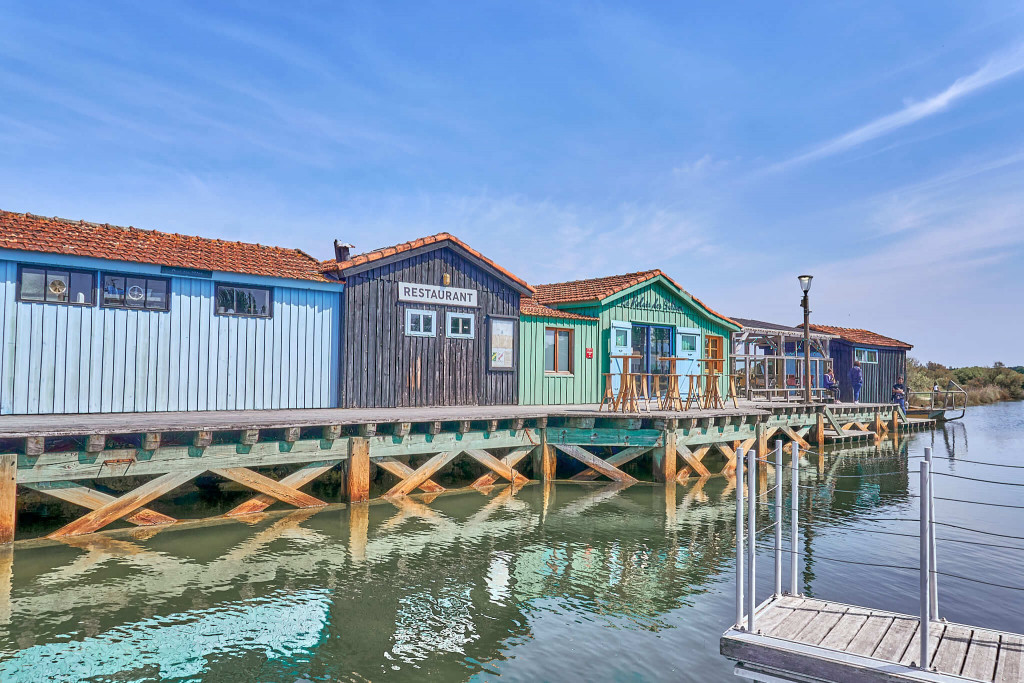
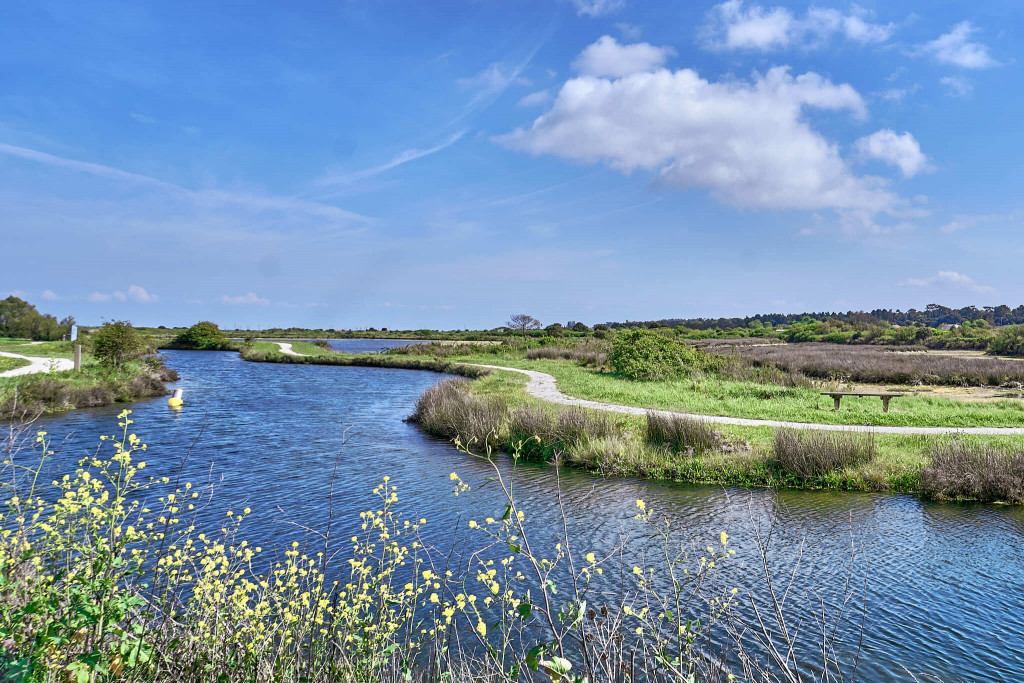
Relax on the beaches
To get to some sandy beaches, you’ll drive through large pine forests on small roads, like the Forest of Saint-Trojan. But, keep in mind, not all beaches have lifeguards in the summer. Some beaches are great for water sports like surfing, sailing, fishing, kayaking, canoeing, and sand yachting. In spring, the water is chilly for swimming, but the vast sandy beaches, especially during low tides, are ideal for a relaxing walk!
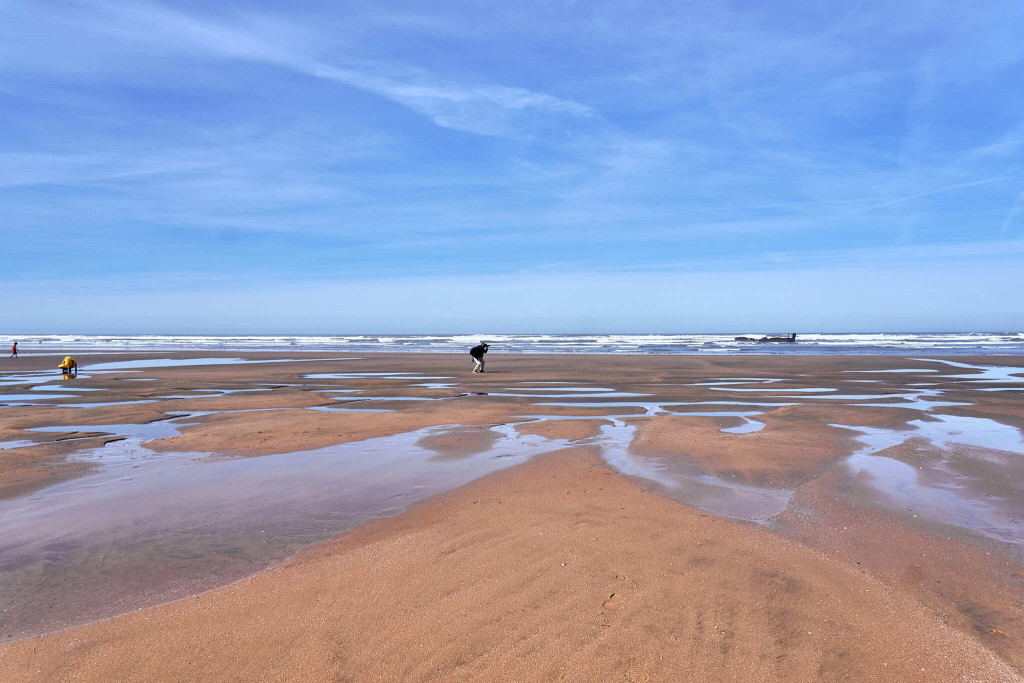
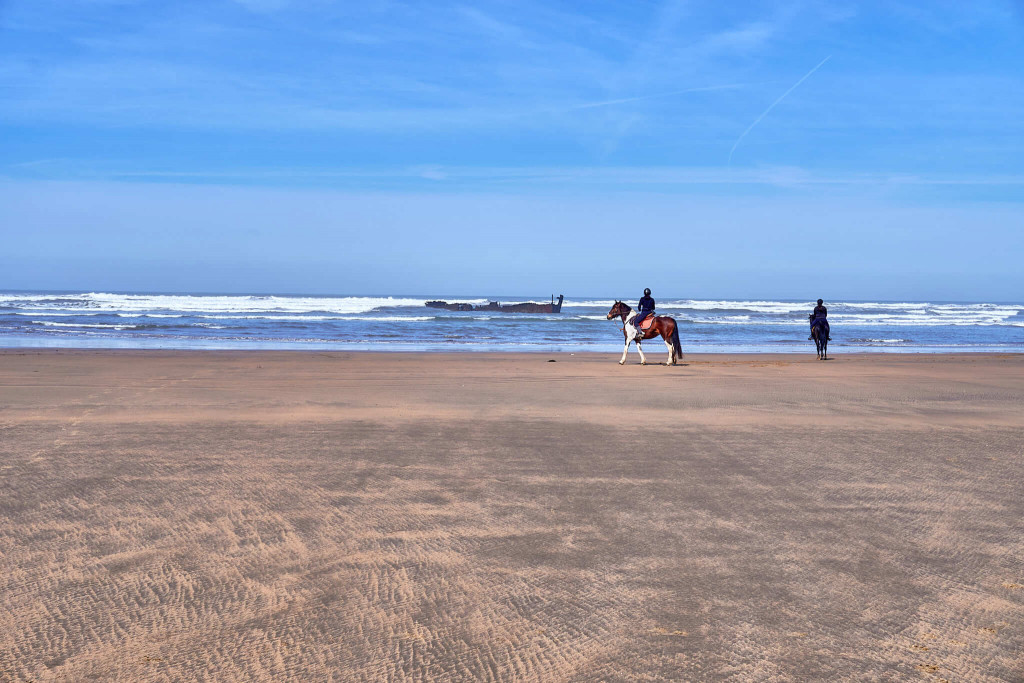
Explore colourful oyster huts
Not far from the citadel, where the Chenal du Château meets the Avenue du Port, you’ll find a collection of vibrant huts known as Cabanes de Créateurs (the designer huts). Once old oyster huts, these buildings were at risk of falling into disrepair until the local town hall stepped in, renting them to artists. Now, these huts are brought to life with the creativity of various artists and craftsmen. These artists, including sculptors, jewelers, and cutlers, have dedicated years to transforming and repainting these huts. It’s undoubtedly one of the island’s prime spots for photography.
However, if you’re keen on witnessing traditional oyster farming in action, make your way to the century-old oyster-farming village of Fort-Royer in Saint-Georges d’Oléron. The multicoloured huts there stand as a testament to the rich history of traditional oyster farming.
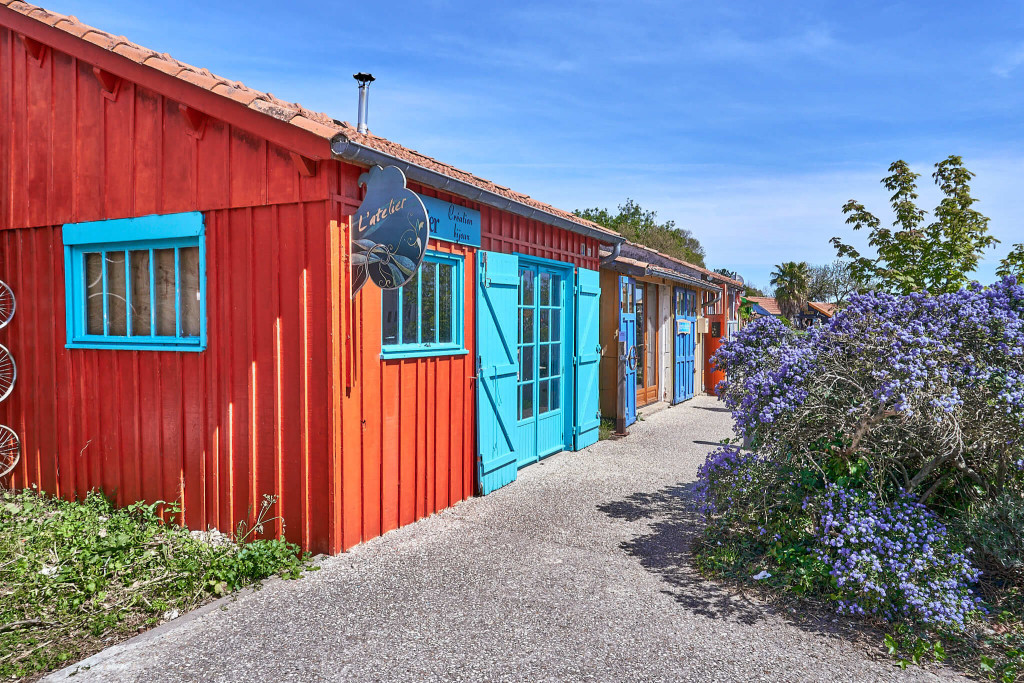
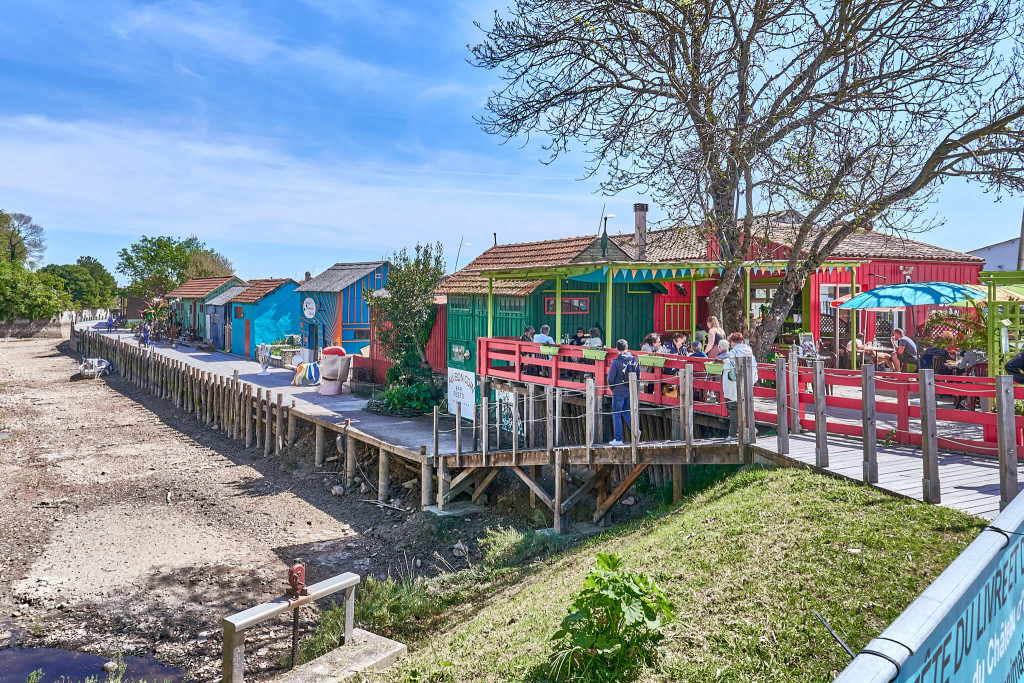
Travel tips for a holiday on the Island of Oléron (Île d’Oléron)
Where to stay
When it comes to accommodation, you have a multitude of options ranging from excellent hotels to holiday resorts and camping sites. Take, for instance, Camping Signol, a 4-star campground conveniently located just 150 metres from the city centre and a mere 800 metres from Boyardville Beach.
Booking.comHow to get there
- By Road: Accessible via a toll-free bridge from Bourcfranc-le-Chapus on the mainland. Keep in mind there’s no dedicated cycle lane on the bridge, so cycle cautiously. If you’re coming from Paris or Bordeaux, hop on the A10 to Saintes and then enjoy a scenic 45 km drive to Bourcfranc-le-Chapus.
- By Water: If you’re in La Rochelle, ferries to the island are available. For detailed information, check www.inter-iles.com.
- By Train: Local trains conveniently connect to Saintes, Rochefort, and La Rochelle, with nearby Surgères linking up with the TGV to Paris in just three hours.
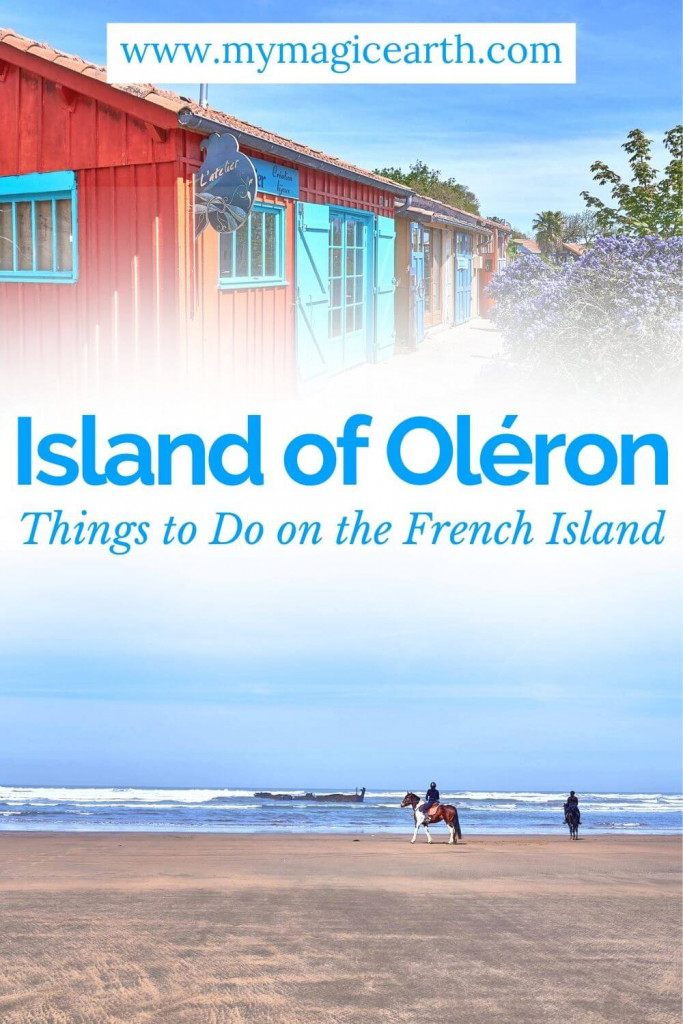
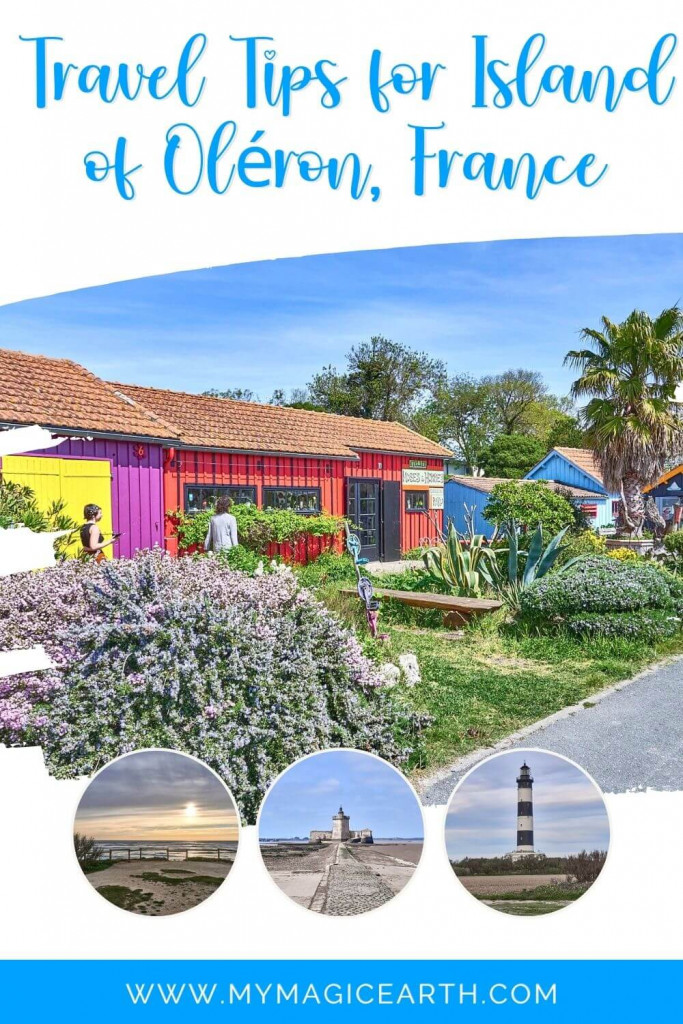
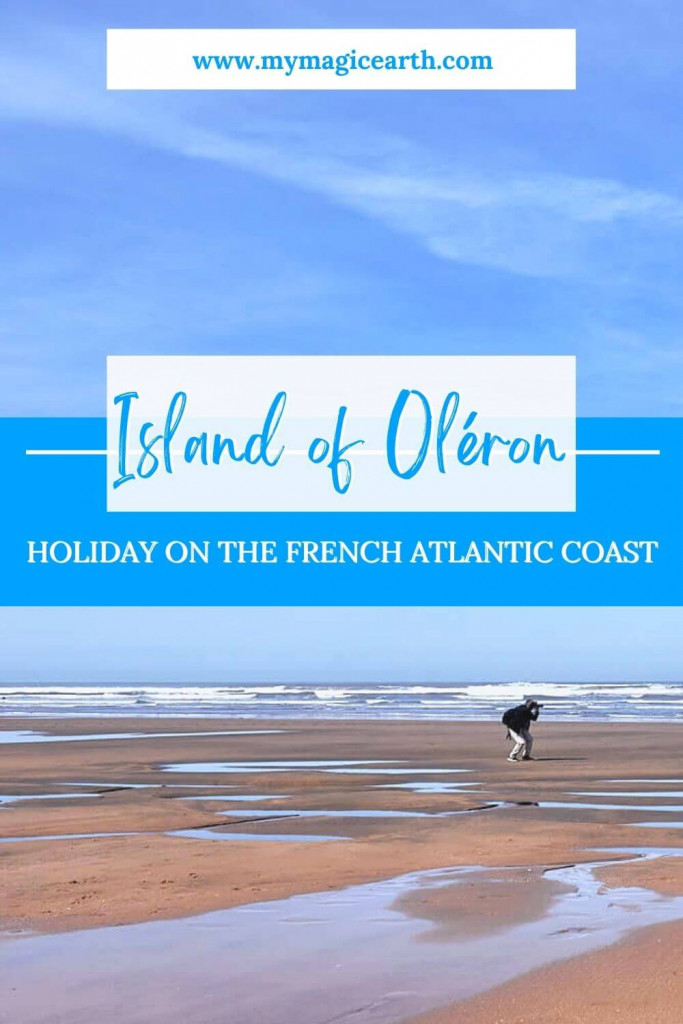

How often do you travel? I have been looking at your blogs, and your travel pics are really nice. I would love to be a travel blogger and share such amazing destinations just like you do.